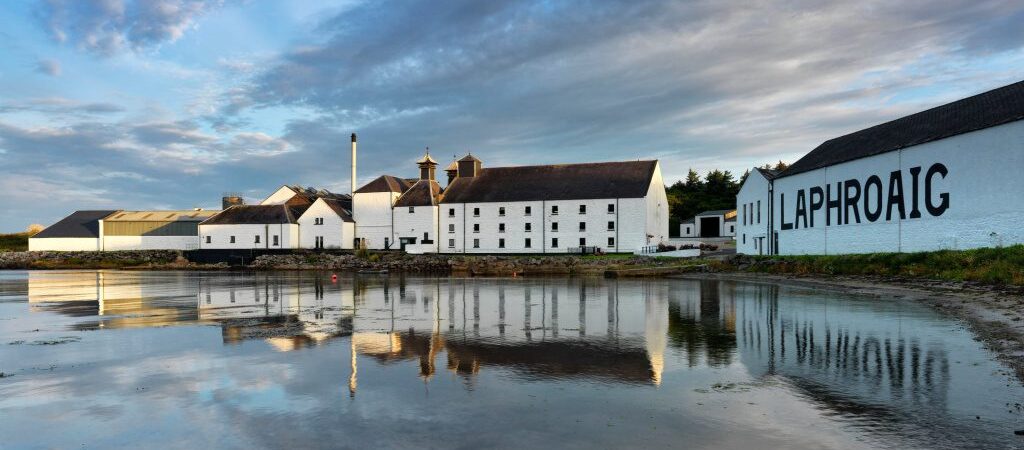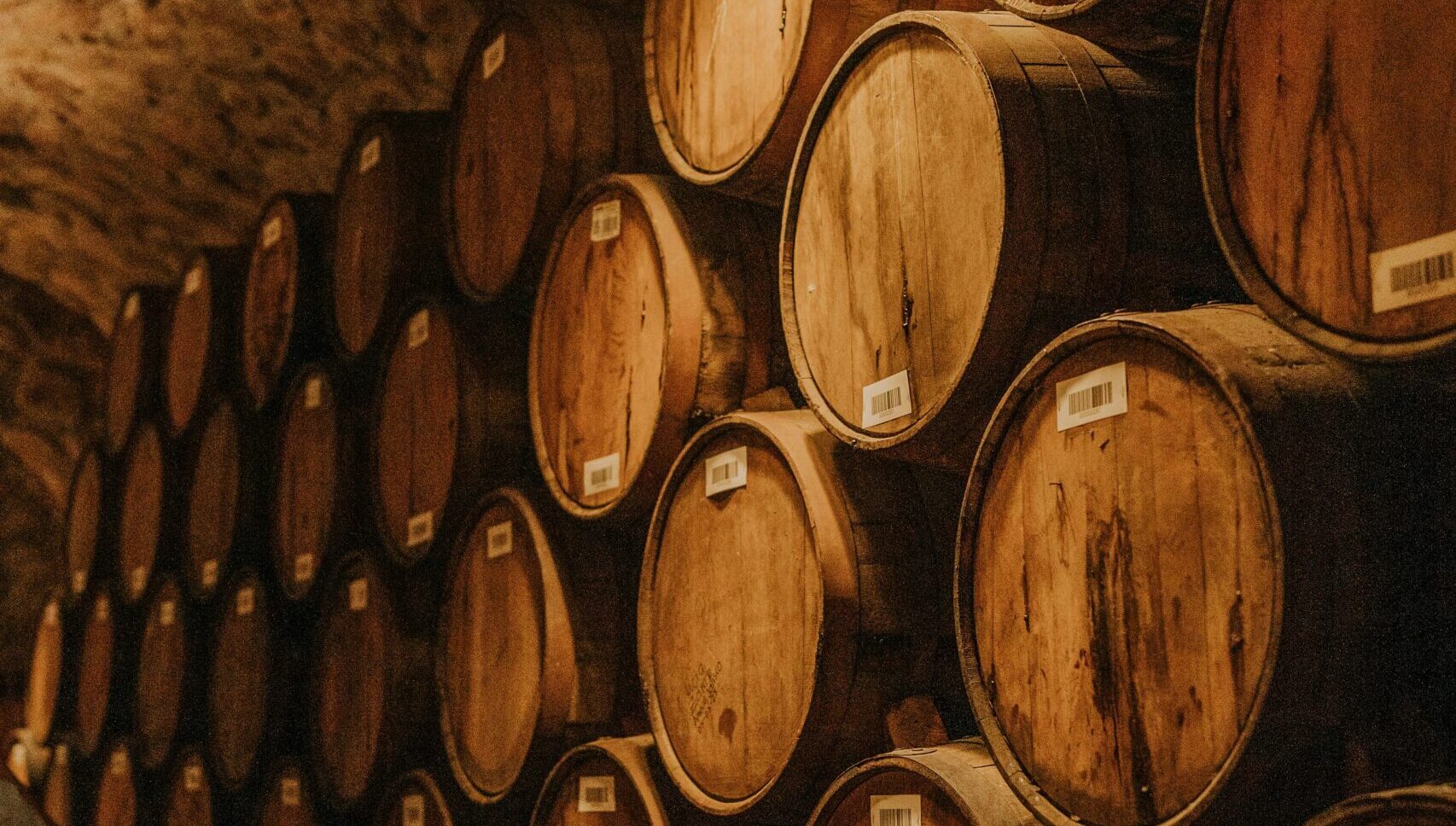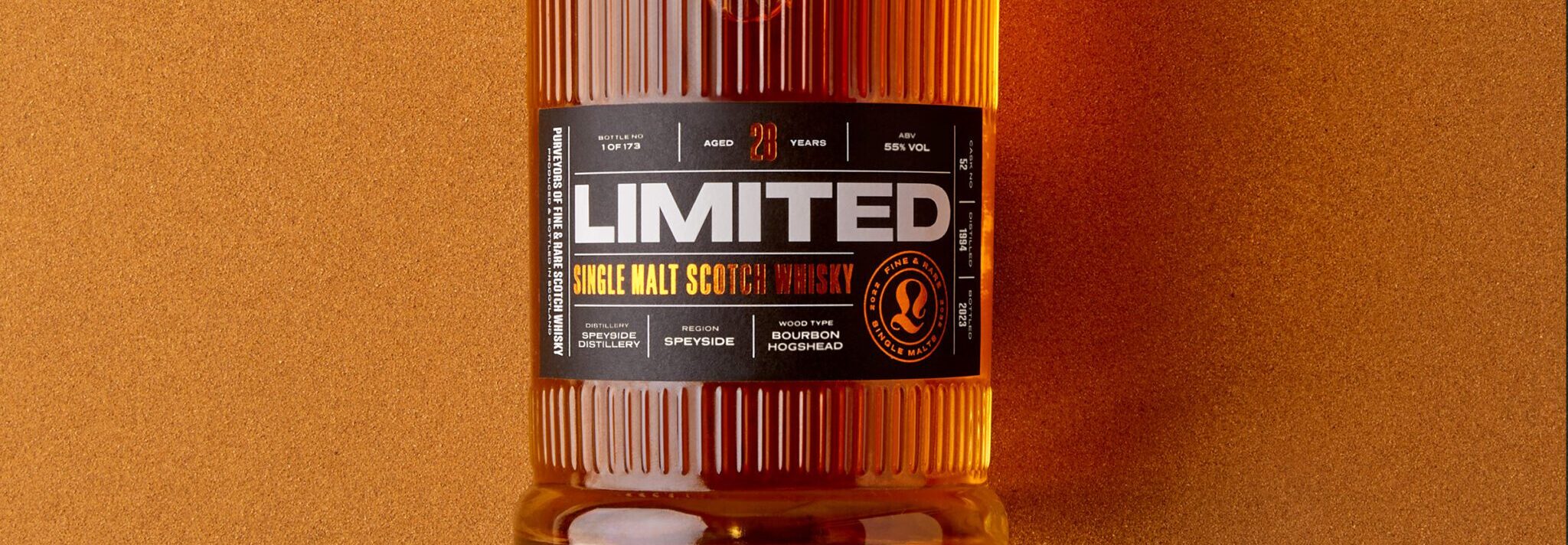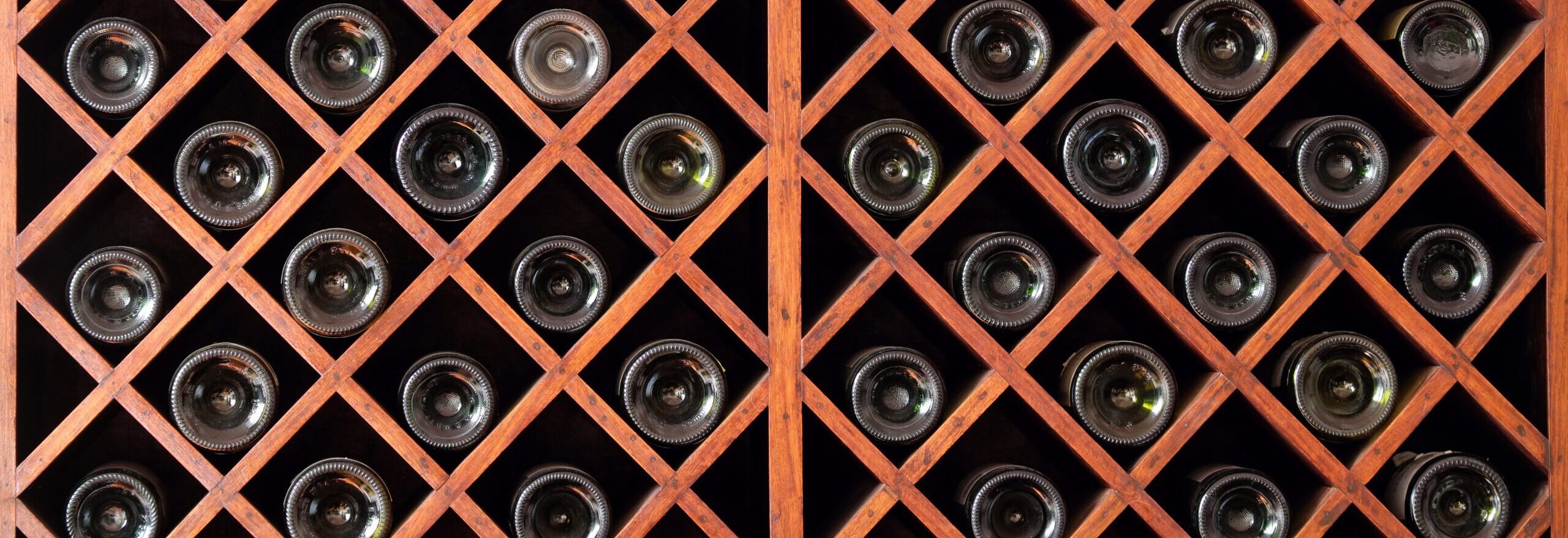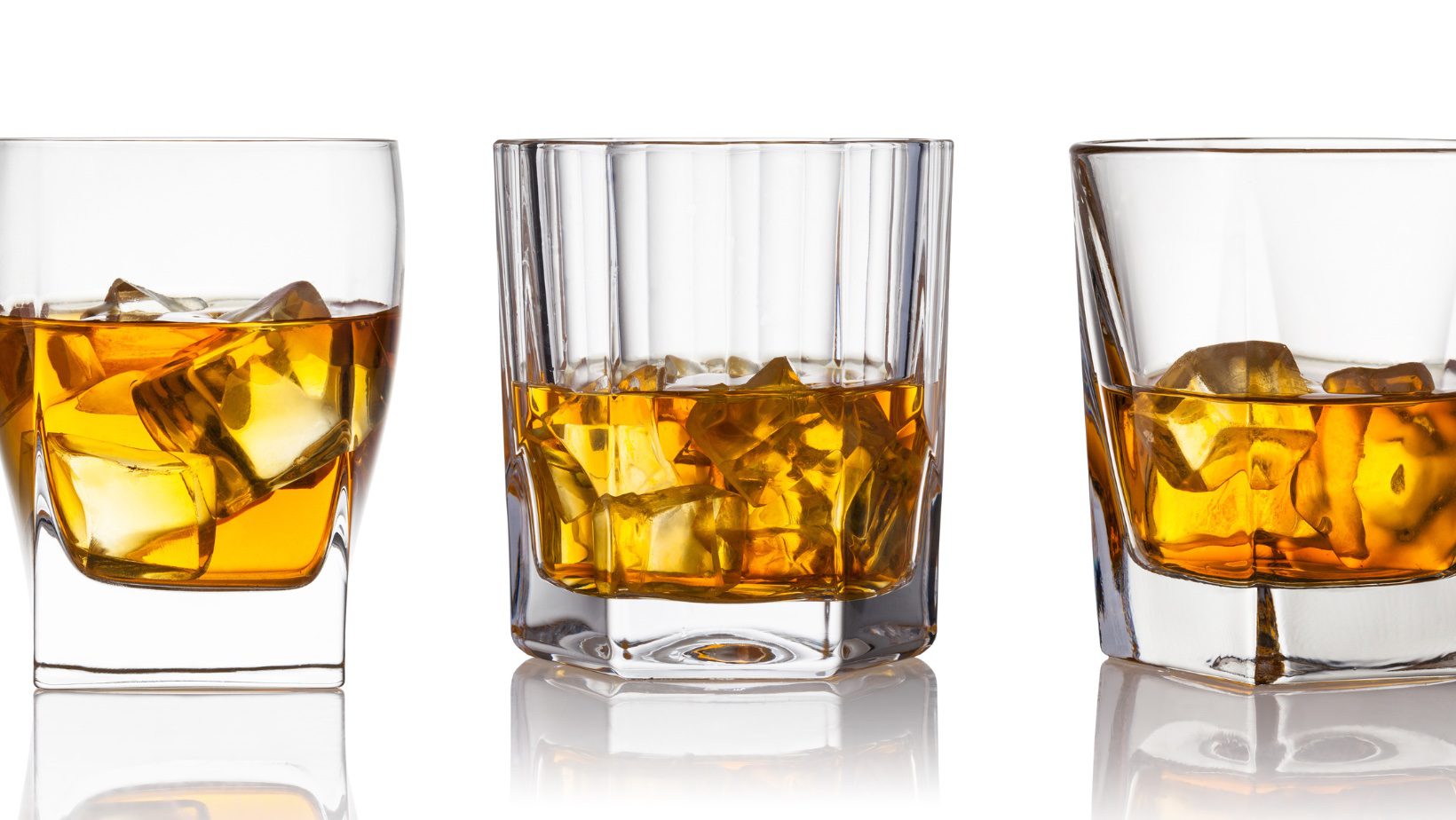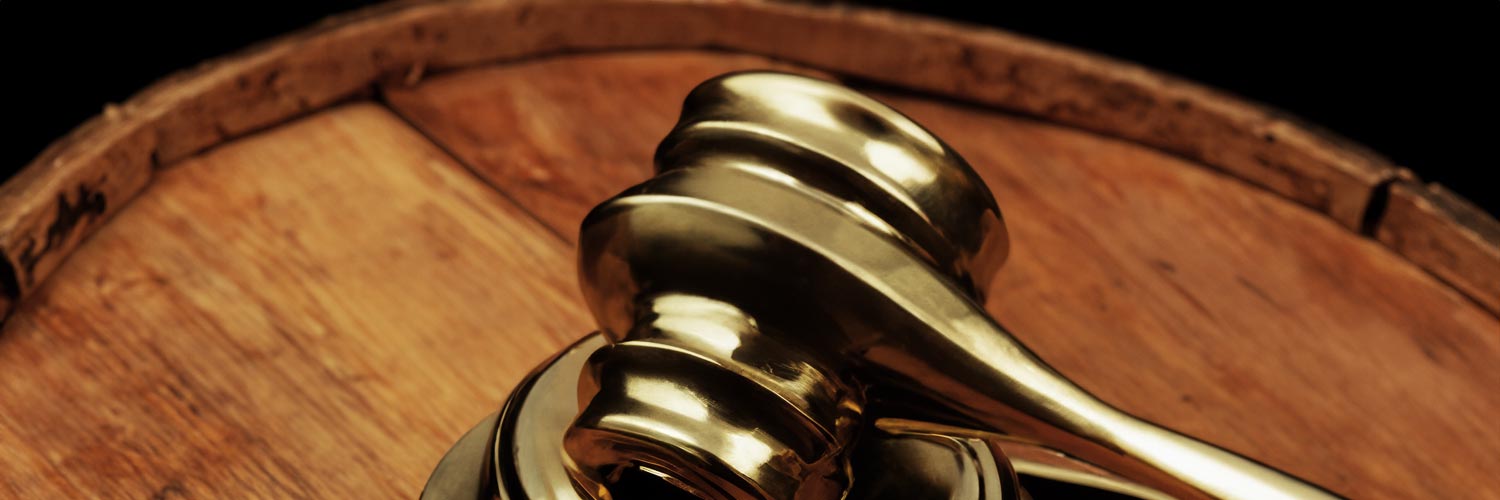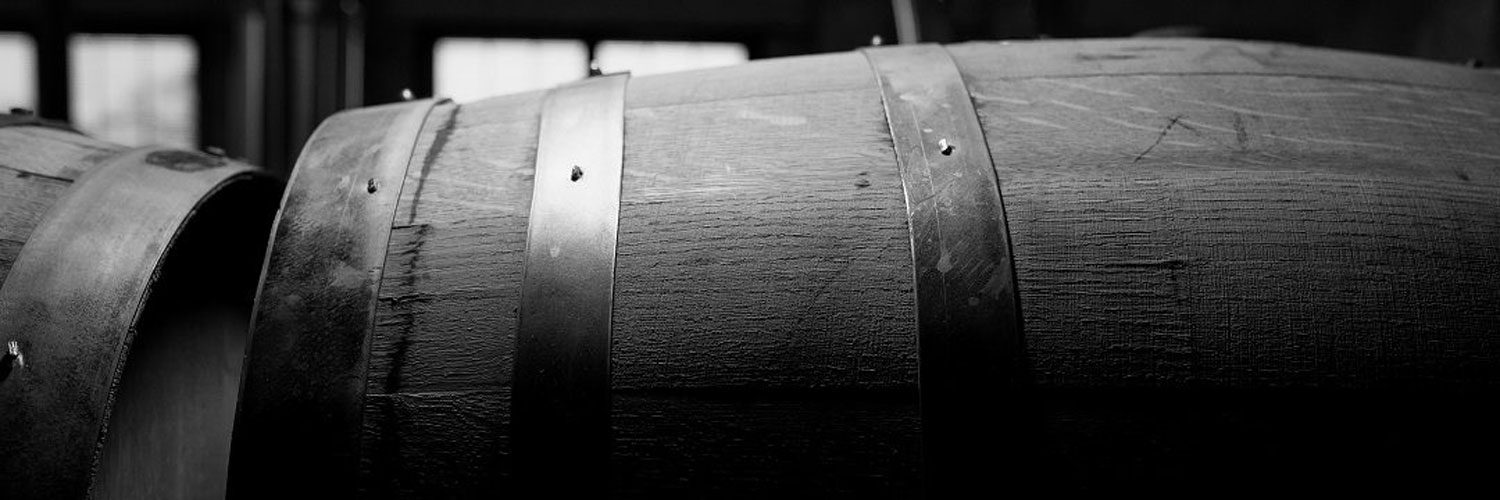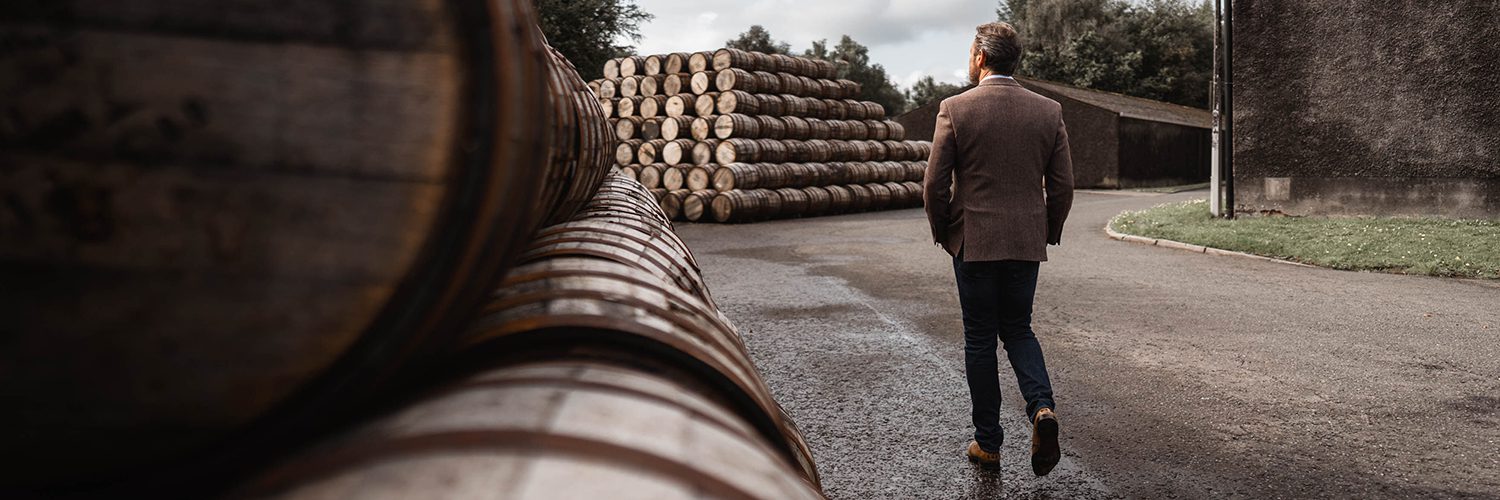To accurately measure a cask and determine the alcoholic strength of the spirit maturing, a process called re-gauging must be performed. A simple way to think of the re-gauge is to see it as a cask’s health check, with the frequency of the inspections increasing as the cask gets older.
 Learn
Learn
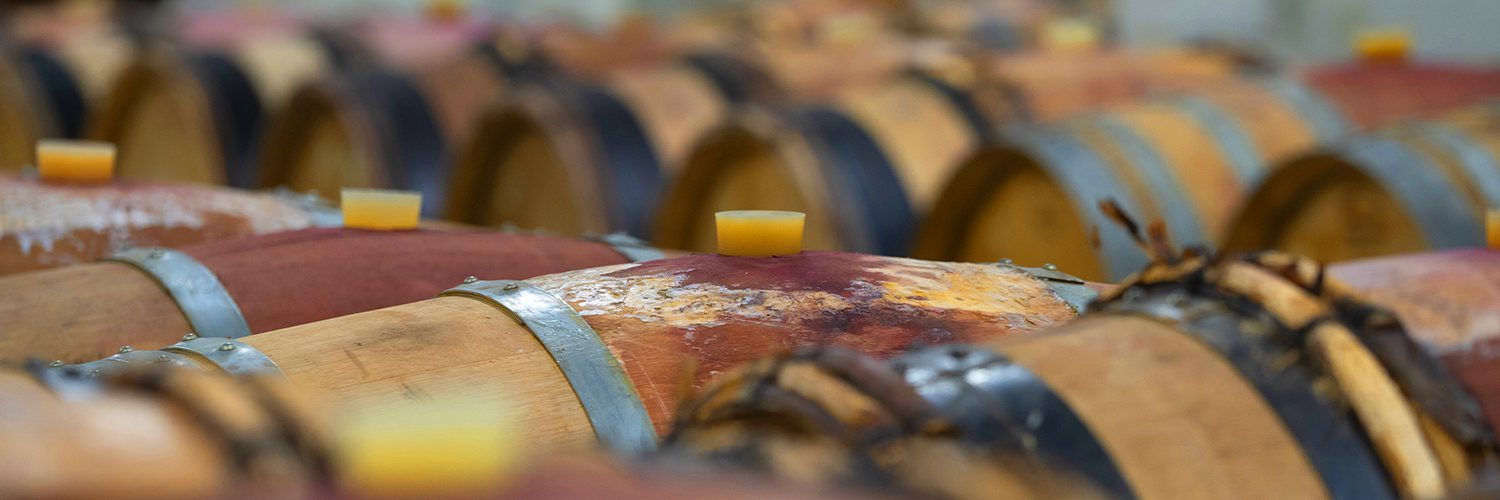
Re-gauges are typically performed by the bonded warehouse in which the cask lies. To perform the process, first, a sample is drawn from the cask. This sample is then analysed with a hydrometer to determine the alcoholic strength of the spirit.
This is a vital check for two reasons. Firstly, any spirit that contains less than 40% pure alcohol can not legally be sold as Whisky, which would considerably lower the casks value. This is a particular risk for older casks, due to the natural evaporation of alcohol during the maturation period. Secondly, the alcoholic strength determines how much duty will be paid when the spirit is bottled.
After the sample is taken and measured, the cask is weighed before being emptied and weighed again. This procedure helps to determine the quantity of liquid within the cask accurately.
By combining the alcoholic strength measurement with the quantity of liquid within the cask, the warehouse can then calculate the RLA figure. The RLA, or Regauged Litres of Alcohol as it’s otherwise known, is the industry-standard figure used when selling or bottling a cask of aged spirit.
For example, if the cask is holding 200 bulk litres and the ABV is 60%, then the RLA is 120 litres.
Typically if a cask is under five years of age, the cask’s details are taken to be as those recorded the day it was filled. However, after five years, the quantity of spirit remaining and, more crucially, the alcohol content must be accurately determined.
A re-gauge is recommended once every three years once the cask is over five years of age. For casks over fifteen years of age, it is recommended that a re-gauge is performed annually to ensure the ABV doesn’t drop below the crucial 40% mark.
Any clients holding their casks with Whisky Partners can speak to their Senior Portfolio Manager for advice about the re-gauging process. Our team is always on hand to help with all cask ownership queries, so please do not hesitate to get in touch. Alternatively, you can learn more about cask ownership by checking our dedicated online guides.
To learn more about Whisky Cask ownership with our FREE Guide, contact our dedicated Portfolio Managers. Alternatively, you can see current stock levels and manage your portfolio by logging into the online portal by clicking here. Our portal is now also available on mobile with dedicated apps for both iOS and Android.




